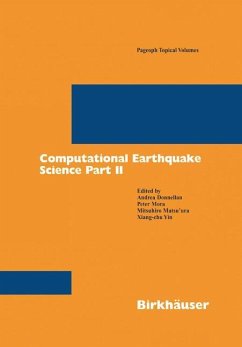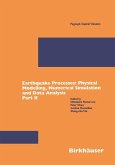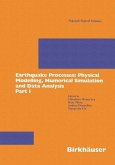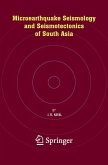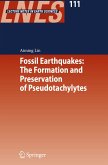Exciting developments in earthquake science have benefited from new observations, improved computational technologies, and improved modeling capabilities. Designing models of the earthquake generation process is a grand scientific challenge due to the complexity of phenomena and range of scales involved from microscopic to global. Such models provide powerful new tools for the study of earthquake precursory phenomena and the earthquake cycle.
Through workshops, collaborations and publications, the APEC Cooperation for Earthquake Simulations (ACES) aims to develop realistic supercomputer simulation models for the complete earthquake generation process, thus providing a "virtual laboratory" to probe earthquake behavior.
Part II of the book embraces dynamic rupture and wave propagation, computational environment and algorithms, data assimilation and understanding, and applications of models to earthquakes. This part also contains articles on the computational approaches and challenges of constructing earthquake models.
Through workshops, collaborations and publications, the APEC Cooperation for Earthquake Simulations (ACES) aims to develop realistic supercomputer simulation models for the complete earthquake generation process, thus providing a "virtual laboratory" to probe earthquake behavior.
Part II of the book embraces dynamic rupture and wave propagation, computational environment and algorithms, data assimilation and understanding, and applications of models to earthquakes. This part also contains articles on the computational approaches and challenges of constructing earthquake models.

